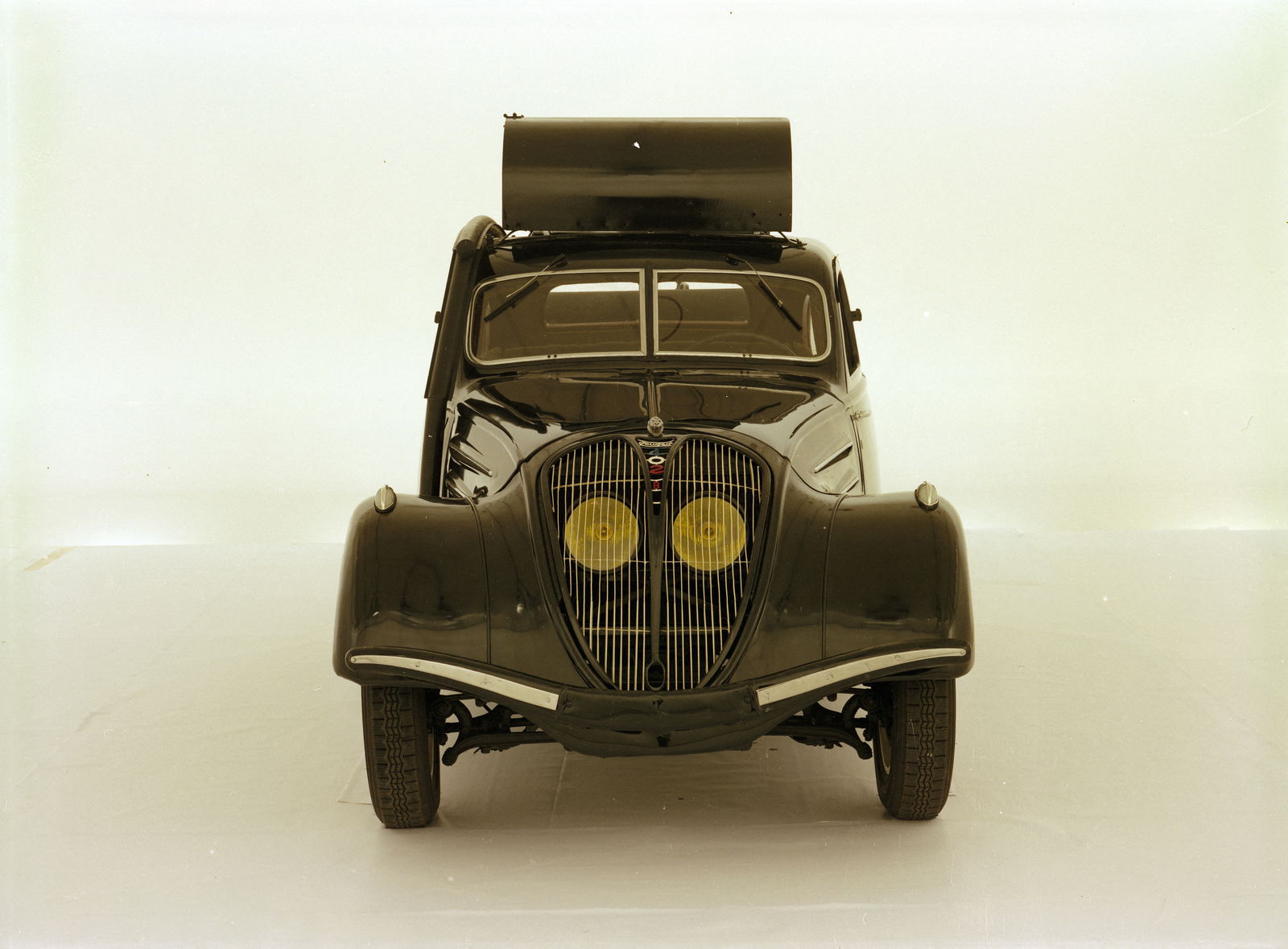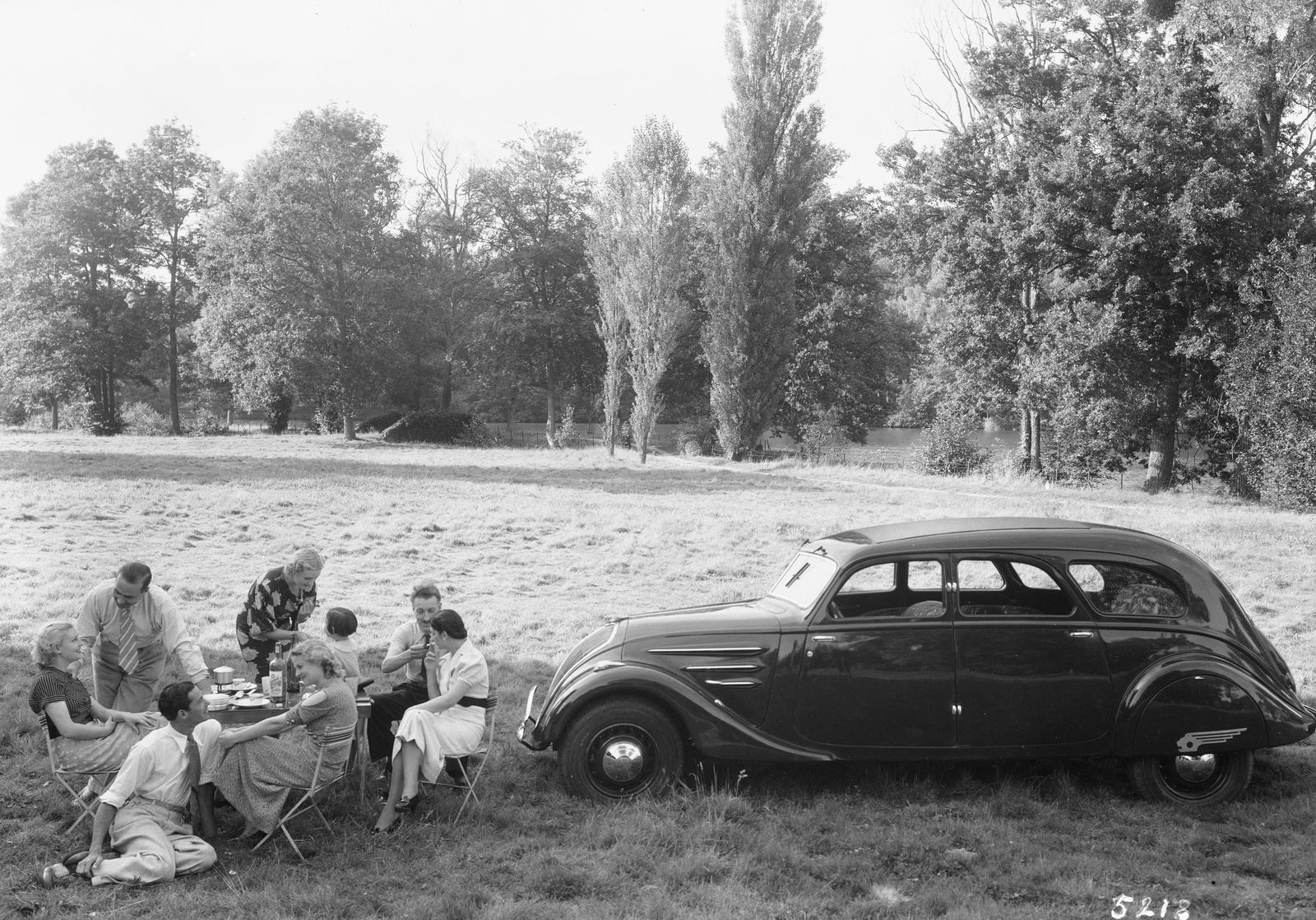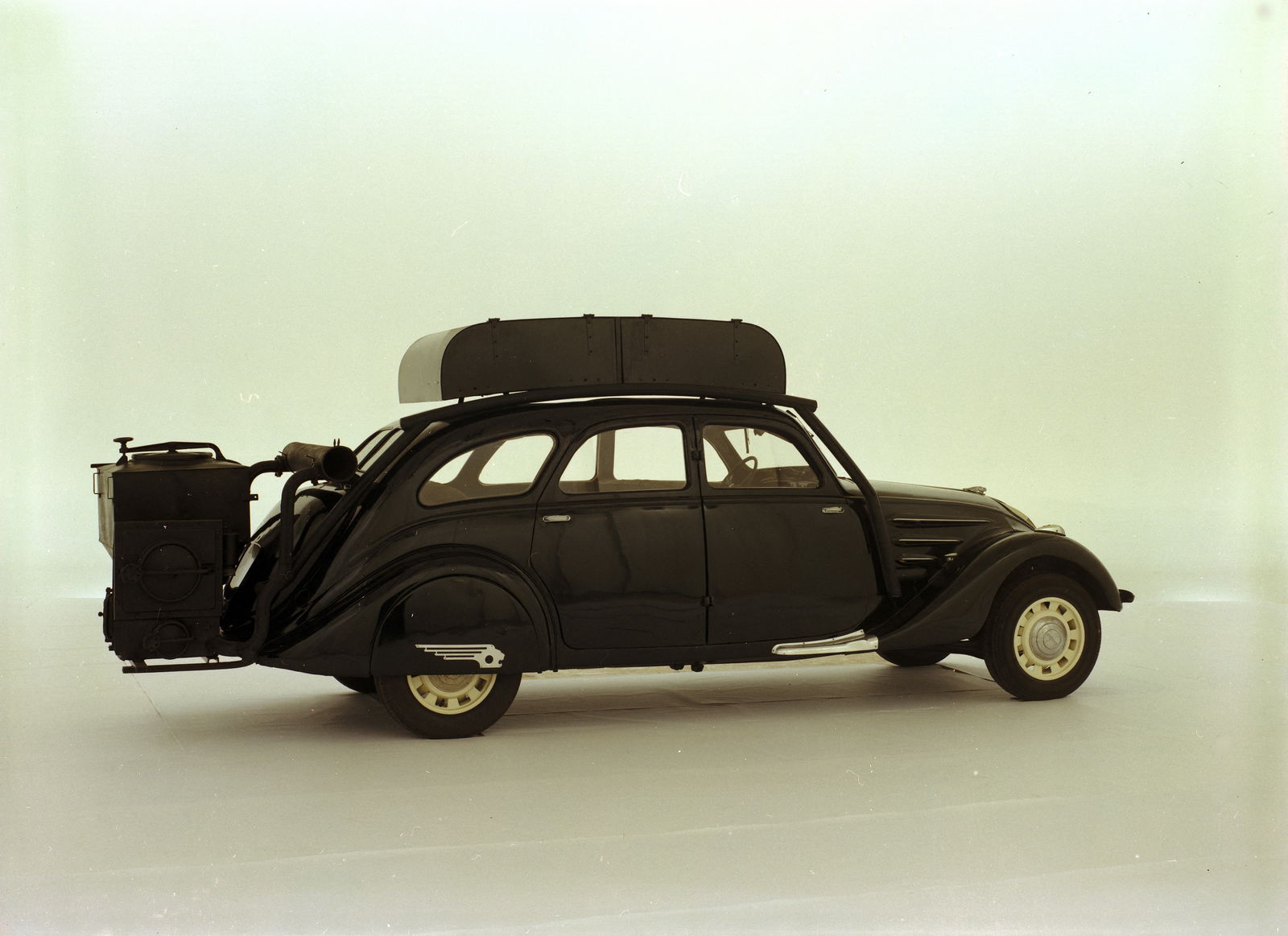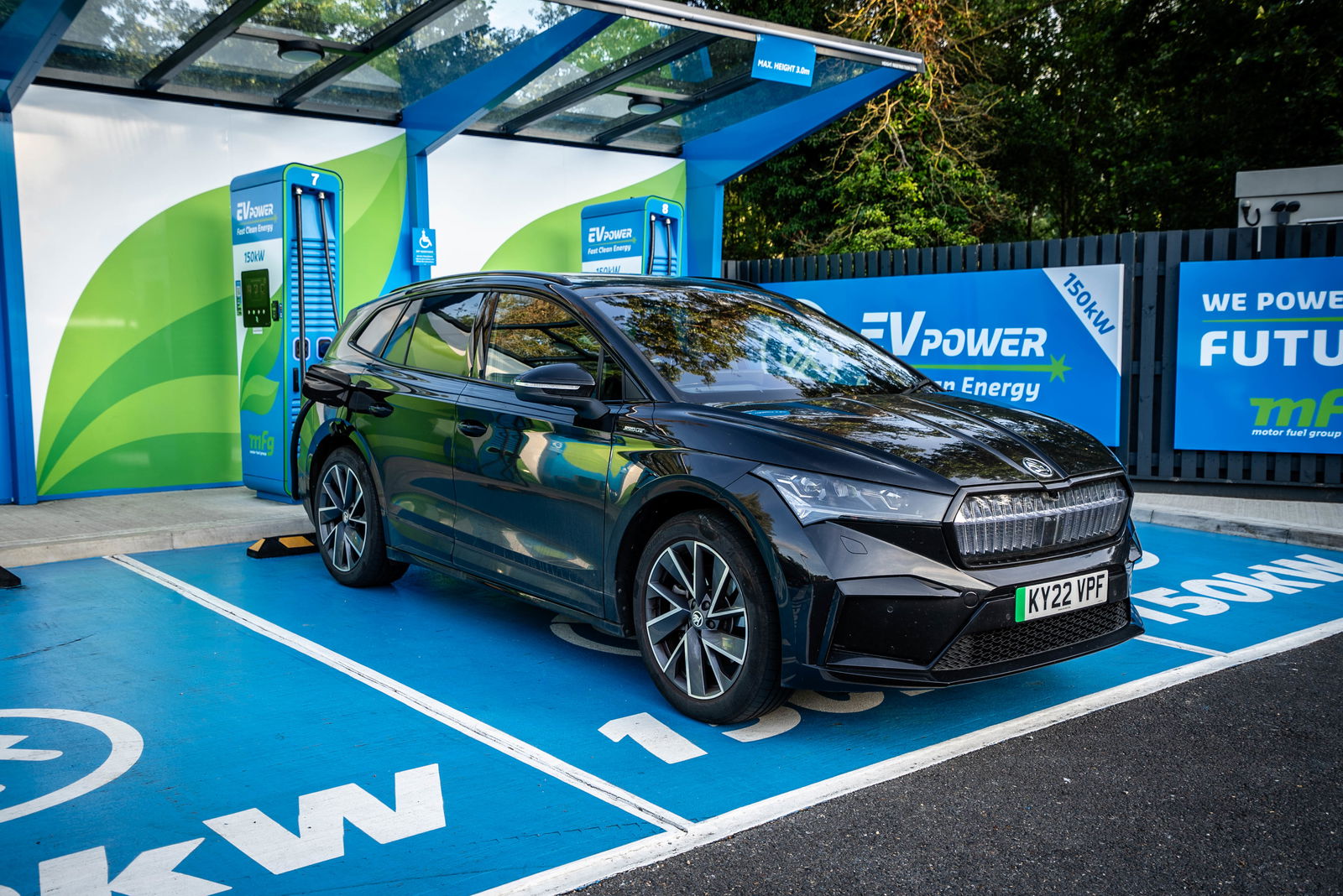This Wood-Powered Limo Might Be The Oddest Car In Peugeot’s Museum
.jpg?width=1600&aspect_ratio=16:9)
If you go down to the Peugeot museum today… you’re sure of all kinds of surprises. Being greeted by a whole plethora of 205s, to mark the French firm’s most iconic car as it turns 40, probably isn’t one of them. The nerdier among us won’t bat an eyelid at L'Aventure Peugeot’s collection of pepper and coffee grinders, either. A whole arsenal of Peugeot weaponry perhaps, less so…
But just before you reach the really good bit – Le Mans-winning prototypes and a batch of 205 and 405 Turbo 16s with ‘A. Vatanen’ stickered on the side – you’ll stumble across something that really might take your breath away.

The Peugeot 402 launched in 1935 and lived a seven-year life. It was the bedrock of the range, paving the way for the kind of platform sharing that’s now almost mundane. Three different wheelbases and over a dozen body styles sprung from it, perhaps most notably the voluptuously styled 402 Eclipse Decapotable, the genesis of the folding hard-top convertible that Peugeot peddled loads of in the Noughties.
Perhaps most surprising of all, though, lies on the path of those T16s. Meet the 402 Gazogene. A car that appears to be looking both backwards and forwards all at once, grasping at an archaic solution for a still relevant problem. Namely, how to power a car without traditional fuel.

Let’s wind back to 1940. Resources are being directed towards a world war, not least the petrol that civilians would otherwise be using to get around. A substitute is urgently needed, and it arrives in the form of wood.
The rather unsubtle additions to this long-wheelbase 402 have turned it into a charcoal-powered limo, a car both stylistically and philosophically ready for an episode of Wacky Races but which presents a very practical solution to a very real problem.
Around the back, acting as the world’s diciest parking sensor, is a boiler able to burn 35kg of wood charcoal. This is turned into carbon monoxide – or the much more alluring ‘gazogene’ – which makes its way through a pipe to the rather fetching roof-mounted tank. Probably best to avoid multi-storey car parks in one now, we reckon.

Another pipe carries the gazogene to the existing 402 engine, fuelling the car for around 50 miles. Less flammable than regular petrol, it means a downgrade in power – a likely drop from its stock 60bhp to around 40bhp, though still enough for a 40mph top speed. Plenty when the world around you is focused on more pressing concerns.
Over 2500 Peugeot 402s got this conversion between 1940 and ’44, and they weren’t alone. Tens of thousands of wood gas generator vehicles were thought to be in service across Europe in the 1930s and ‘40s, and the technology didn’t fall away with the resolution of WWII. In fact, it had already gained popularity during periods of high fuel prices, and wartime simply raised its profile. A Citroen Traction Avant was available with a much more elegant solution back when its chevrons were a rival to Peugeot’s lion rather than a relative.

Humans being what we are, of course, we wanted to make a wood-powered car go quickly. Well, relatively quickly. In 2011 a pick-up truck hit 73mph on the Bonneville Salt Flats, setting perhaps the world’s most underwhelming land speed record at the hands of the fabulously named Wayne Keith.
Perhaps not the solution to our impending retirement of fossil fuels, then, nor a retro comeback that Stellantis is likely to implement. But if you find yourself in Sochaux prodding around the Peugeot museum, it’s a corner well worth dwelling in…



Comments